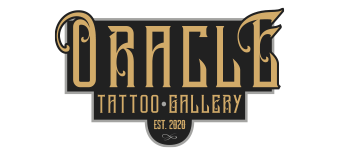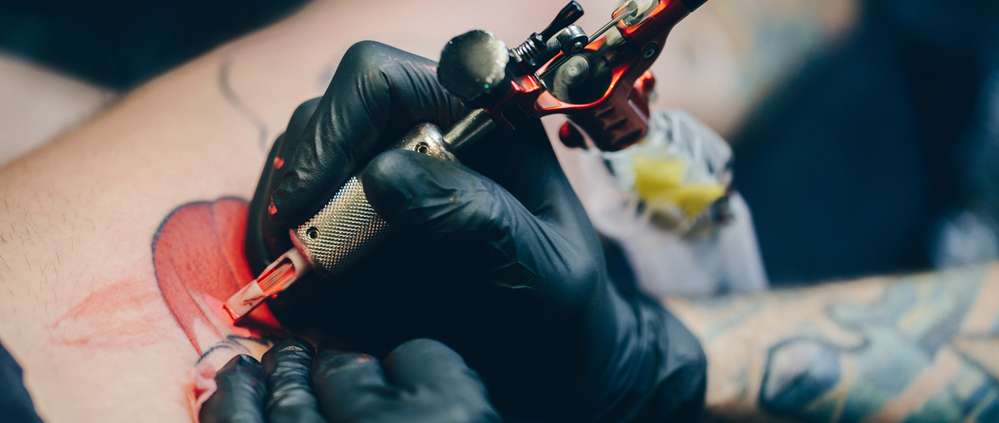The Art of Tattooing: A Brief Overview of the History and Techniques
Whether you are a tattoo enthusiast or are researching the background of tattoos before getting your first one, there is no denying that the history of tattoos is fascinating. Seen throughout history and the world, tattoos are one of the longest enduring forms of art known to humankind. So let’s dive into the rich history of tattooing and explore how it has evolved over time.
An Overview of the History of Tattooing
Tattooing has been a part of many different cultures throughout history, and the art form continues to evolve and grow in popularity today. However, some of the earliest evidence of tattooing comes from two distinct places: Egypt and ancient Japan. Egyptian mummies dating back to 2000 BCE have been found with tattoos. For the ancient Egyptians, tattoos were meant to signify social status or to honor the gods.
In ancient Japan, tattooing was practiced even during the Jomon period, which lasted between 14,000 BCE and 300 BCE. Jomon period tattoos were similar to Egyptian ones in purpose, but the subject matter was different. The indigenous Ainu of Japan also incorporated tattoos into their culture, with the women tattooing their hands and mouths as a show of bravery and strength. This practice is still seen today.
Tattooing was also practiced in ancient China, where it was used to mark criminals and prisoners. The tattoos were often placed on the face or forehead as a form of public shaming, and they were considered a mark of shame and dishonor. Later on, during the Edo period, Japan also used forehead tattoos to mark their criminals. That said, tattoos in China were not always for reprobates. Throughout China’s Han Dynasty (206 BCE to 220 BCE), for example, tattooing was also considered an art form that depicted cultural values and beliefs.
Another example of ancient techniques that have survived to modern times are tattoos from Polynesia and Southwestern Asia. Tattooing was a widespread practice in Polynesia, with the art form having a long history in places like Samoa, Fiji, and Tonga. Polynesian tattoos often featured intricate geometric designs that were meant to represent important cultural beliefs and values.
Meanwhile, in Indonesia, the Philippines, and Thailand, unique forms of tattooing, such as Thailand’s Sak Yant tattoos, were found throughout the land. For the indigenous peoples of Borneo, tattoos were used to mark the milestones in a person’s life and often consisted of geometric patterns, animals, and plants. Unfortunately, some of these ancient tattooing styles have begun to fade from existence.
Tattoos in Western Civilization
Interestingly, while tattooing was also practiced among the ancient Romans and Greeks, it was not as widely accepted as it was elsewhere. Most commonly, Romans and Greeks tattooed criminals and slaves to mark them. It was not until the 18th and 19th centuries when tattooing started to gain popularity among seafaring Europeans and Americans. Sailors would often get tattoos to commemorate their travels or to protect themselves from harm at sea.
In the 20th century, the art of tattooing gained even more momentum throughout the world. In the United States, motorcycle gangs and military members would get tattoos to show off their social standing or loyalty to their group.
In the last few decades, tattooing has become increasingly mainstream in the Western world. Tattoos are now viewed as a form of self-expression and body art, and many people from all walks of life have tattoos. Modern tattooing techniques, such as electric tattoo machines and a wider range of ink colors, have made it possible to create more intricate and detailed tattoos than ever before.
Overview of Tattoo Techniques Over The Years
Here are some examples of how tattooing techniques have evolved over time:
- Hand-poking: This is one of the oldest methods of tattooing, which involves using a sharp tool, such as a bone or a thorn, to puncture the skin and deposit ink into the wound. This technique was used by many ancient cultures, including the Polynesians and the Egyptians.
- Traditional Japanese tattooing: Also known as Irezumi, traditional Japanese tattooing involves using a wooden handle and multiple needles to create intricate, highly detailed designs. This technique has been used in Japan for hundreds of years and is still practiced today.
- Electric tattooing: The first electric tattoo machine was invented in 1891 by Samuel O’Reilly, and it revolutionized the tattooing industry. Electric tattoo machines use needles that move up and down rapidly, puncturing the skin and depositing ink in a more efficient and precise manner than hand-poking.
- Modern techniques: Modern tattoo artists use a wide variety of techniques to create their designs, including shading, blending, and color blending. Many modern tattoo artists also use specialized equipment, such as digital machines, to create highly intricate and detailed designs. Some examples of modern tattooing techniques include realism, watercolor, dotwork, geometric, and blackwork.
Thinking About a New Tattoo?
From the ancient Egyptians to modern-day tattoo artists, tattooing has been used as a way to express creativity, identity, and cultural significance. And as long as people continue to get tattoos, the history of tattooing will continue to evolve and change, creating new and exciting possibilities for this enduring art form. Why not get your own ink and commemorate an event or something symbolic? At Oracle Tattoo Gallery, our artists are skilled in a variety of modern techniques. Check us out on Instagram then fill out the consultation form. Let’s talk about your new tattoo.



